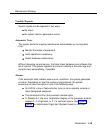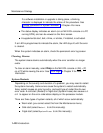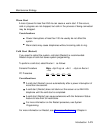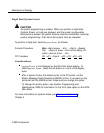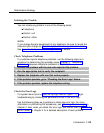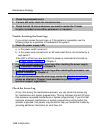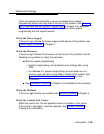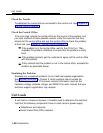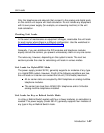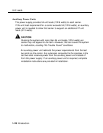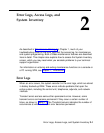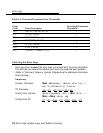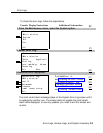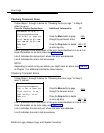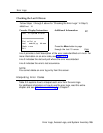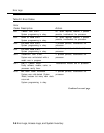
Unit Loads
Only the telephones and adjuncts that connect to the analog and digital ports
on the control unit require unit load calculation. Do not include any equipment
with its own power supply (for example, an answering machine) in the unit
load calculation.
Checking Unit Loads
In the event of maintenance or equipment changes, recalculate the unit loads
for each carrier where there is a different configuration. Use the worksheet in
Appendix C, “Unit Load Calculation Worksheet.”
Generally, if you can distribute the DID modules and telephone modules
equally across the carriers, you prevent unnecessary drain on any one carrier.
The rules vary, however, depending on the system’s mode. The next two
sections provide the rules for calculating unit loads in various modes.
Unit Loads for Hybrid/PBX Mode
The power supply (model 391A1) generally supports six modules of any type
in a Hybrid/PBX system. However, if both of the following conditions are true,
the unit loads on a carrier can exceed the 54-unit (102.6-watts) maximum:
■
All six carrier slots are occupied by MLX telephone or analog multiline
telephone modules.
■
The carrier has more than 45 MLX-20L
analog multiline telephones installed.
Unit Loads for Key or Behind Switch Mode
telephones and/or 34-button
In a Key or Behind Switch system with four or fewer modules, no calculation is
needed. The power supply (model 391A1) generally supports four modules of
any type in Key or Behind Switch mode.
Introduction 1–27



